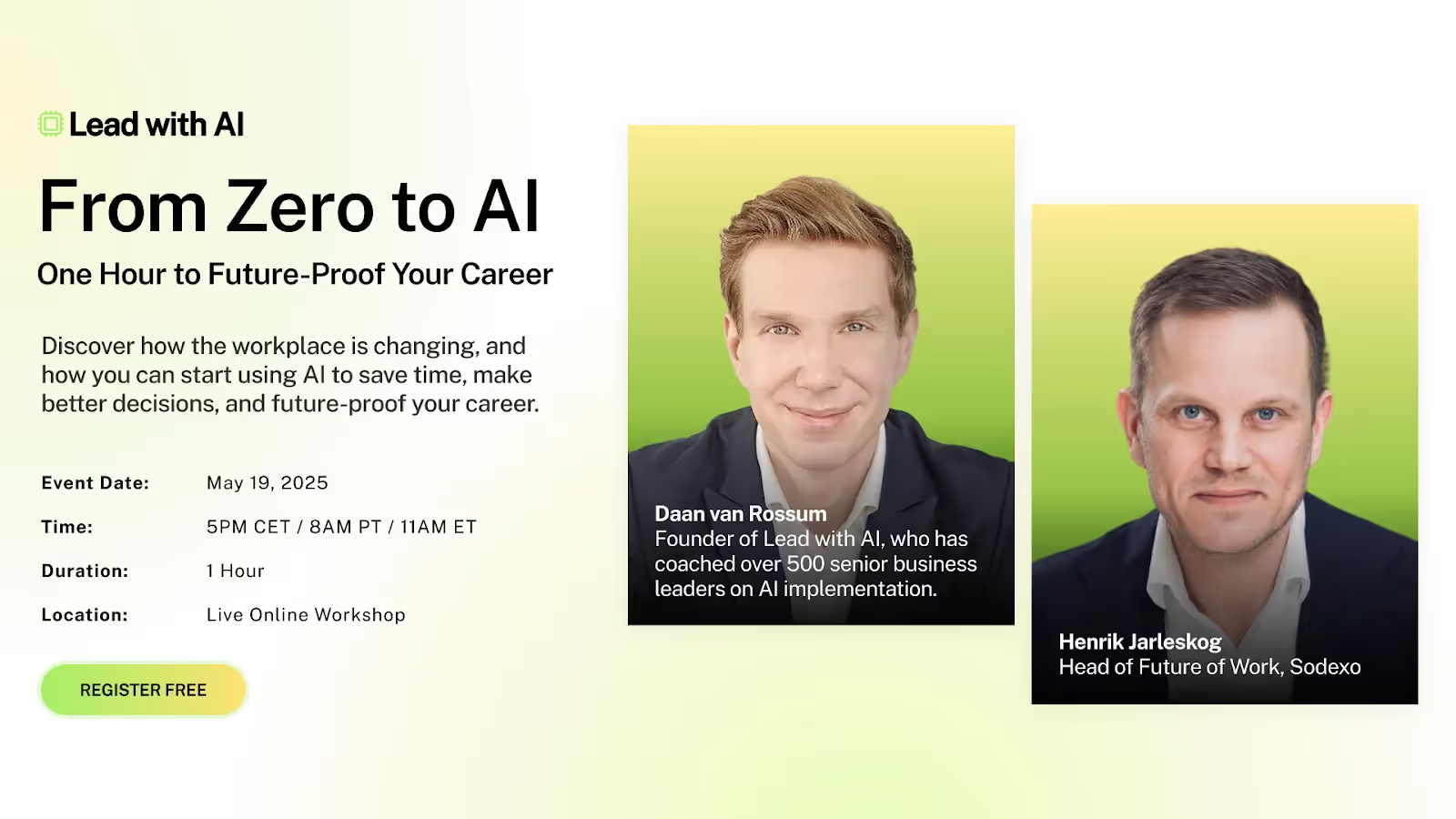The Wall Street Journal wrote this week that “The Hottest AI Job of 2023 Is Already Obsolete.”
Two years ago, prompt engineering was one of the buzziest jobs in tech, demanding salaries of up to $200,000 on the promise of becoming any company’s “AI Whisperer.”
Now, the role is essentially obsolete, thanks to the breakneck speed of AI development we discussed before and companies’ growing understanding of how to use the technology.
The WSJ article quotes Jared Spataro, CMO of AI at Work at Microsoft, saying:
“Two years ago, everybody said, ‘Oh, I think prompt engineer is going to be the hot job. It’s not turning out to be true at all.”
And indeed, a Microsoft survey shows that prompt engineering ranked near the bottom of roles companies were considering adding in the next 12 to 18 months. AI trainer, AI data specialist, and AI security specialist topped the list.
Instead, everyone is a prompt engineer.
At least, that’s what the article asserts by stating that organizations are now training employees across departments to prompt and work with AI models, removing the need for a single prompt expert.
But it may just be the opposite, as recent KPMG research shows that only 28% of employees have formal or informal training in AI, and that almost half don’t feel they know how to use AI effectively.

From Tool to Teammate
The first step to better human-AI collaboration is a huge shift in thinking.
As I’ve written before, AI isn’t just a technology—it’s a teammate. Only by working with AI as an intelligent team member, do you get the most out of the technology.
And as leaders know, high-performing teammates only succeed when you delegate well. Prompt crafting is how we instruct AI, making it an essential skill for any AI manager (or “SuperWorker.”)
I.e., I have a team of AIs around me that do anything from writing podcast questions to strategizing on the future of our business.

If I don’t know what to ask of them, I won’t get very far – no matter what the technology is capable of.
Sodexo’s Head of Future of Work, Henrik Jarleskog, shares that "The evolution is toward “superworkers”—one-woman bands. As systems catch up, we’ll deliver more or do things faster. Likely both.” (Join our upcoming webinar to learn how to become a SuperWorker like Henrik.)
In that sense, the difference between generic AI output and real impact isn't the model; it’s the quality of your input.
“In the age of AI, we want to be thinking more and better, not less” remains one of my favorite quotes for this reason.
In 2025, the competitive gap won’t be who has AI, but who communicates with it best.
Why You Can’t Outsource Prompt Literacy
Now, I get that it’s tempting to outsource prompting.
I’ve seen it countless times in the digital transformation, where people think they ‘are not digital.’
Because of this, HR leaders delegate anything that even hints at digital to an “HR IT” team member. As a result, essential digital transformation gets delayed and lacks input from the right stakeholders.
With prompting similarly, outsourcing to a specialist creates a bottleneck.
Every AI-enabled workflow—content, data, ideation—starts with someone typing a request. If only one person can phrase it well, everyone else is stuck waiting.
Just like basic search became essential in the 2000s, prompt literacy is essential in the 2020s.
Winning companies embed this skill everywhere, but as per the KPMG report, the reality is quite different.
This is likely why I see so many people investing their own hard-earned money in generative AI courses just to stay ahead.







